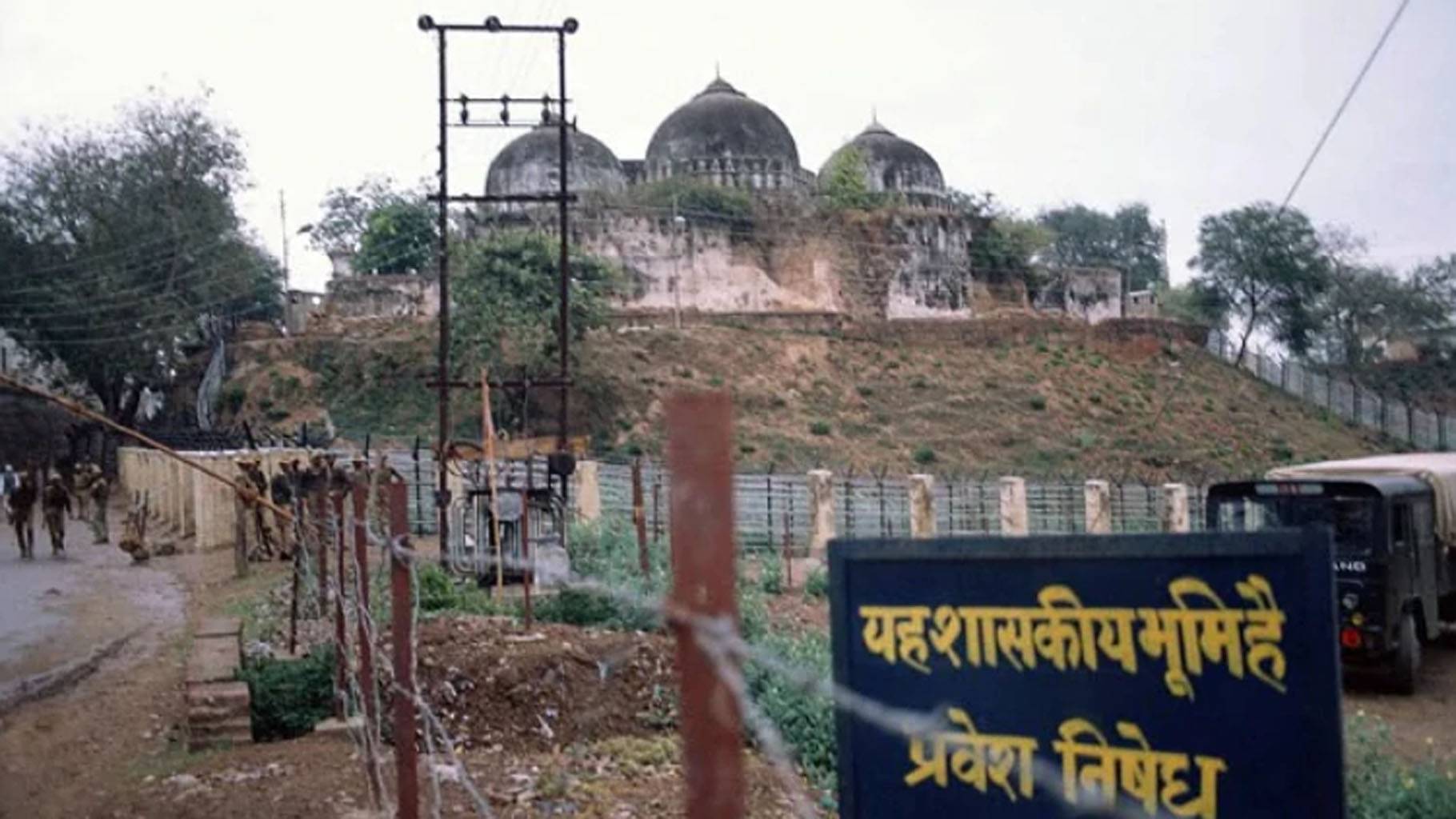
Ayodhya dispute had far-reaching impact on Kerala society, but not electorally

“Lord Rama did not bring any immediate fortune to the BJP in Kerala despite what they did on his behalf on 6th December 1992,” says Swami Sandeepananda Giri, the Director of the School of Bhagvad Gita in Thiruvananthapuram. “It is not because that Rama is not worshipped in Kerala. Probably Kerala is the only State where the Hindu families observe the “month of Ramayana” with practices like reading the epic every day for an entire month”.
Swami Sandeepananda Giri argues that Hindutva organisations could not politically gain from it because of the strong secular traditions of the state. “The Muslims in Kerala, despite being powerful, showed maturity and there was no large scale communal violence in Kerala after the demolition of the Babri Masjid as it happened in other parts of the country” he adds.
If the election result is a tool to understand the impact of a political movement, Swami Sandeepanada Giri’s observation seems to be true.
Related news: Jai Shree Ram, ho gaya kaam: Mosque falls in Ayodhya, BJP rises in Delhi
The BJP could not profit politically but there was huge erosion in the vote base of the Congress-led United Democratic Front (UDF). In the by election to the Ottappalam constituency in 1993, S.Sivaraman, a hitherto unknown youngster fielded by the CPI(M) defeated Congress veteran K K Balakrishnan, by a margin of 1,32,000 votes. The seat had been vacated by none other than K R Narayanan after he became the Vice President of India.
The trend repeated next year in the by election to the Guruvayur Assembly constituency which had been a bastion of Indian Union Muslim League. No other party other than IUML could win Guruvayur ever since the formation of the constituency in 1977. The rumble strips created by the demolition of the Babri Masjid resulted in a huge loss for the Muslim League too that kept “strategic silence” on the issue. The split in the party and the formation of Indian National League was a major political event in Kerala, caused by the demolition of the mosque.
Related news: Ayodhya issue led to copycat disputes in Karnataka; gave BJP firepower
In the subsequent Assembly election in 1996, the BJP could manage only 5.48% votes — a nominal growth of 0.81 % in its vote share compared to that in 1991. The UDF which was in power lost the election and the Left got its turn. Kerala does not have the practice of letting one party or front continue in power for a second consecutive term.
As electoral performance is not the only tool of measuring the impact, it would be wrong to say that the Ayodhya movement and the demolition of Babri Masjid left Kerala politics untouched. “The impact was long term and far reaching,” says M B Rajesh, former member of parliament and state committee member of CPI-M. “It had a corrosive impact on the secular fabric of Kerala though it had little effect on the electoral front,” says Rajesh. The BJP managed a big jump in its vote share by 2014 which is said to be the result of “Modi wave” rather than any other factor, according to commentators.
The Ayodhya movement and the subsequent demolition of Babri Masjid was only one among the many factors that propelled the growth of Hindutva in Kerala. Kerala has been a place where RSS had strong foundations even otherwise.
Related news: Regionalism beats Rath Yatra in Andhra Pradesh
Though BJP could not make any immediate electoral gains from the demolition of Babri Masjid, there was a tangible polarisation among Muslims in Kerala. The IUML kept away from making emotionally charged statements which had been a catalysing factor in maintaining peace in the State. On the other hand, the league had to pay heavily for its strategic approach. Ibrahim Sulaiman Sait, the unquestioned leader who represented the party eight times in the Parliament departed and formed Indian National League. The destruction of the Mosque also catalysed the growth of identity politics in the community which resulted in the mainstreaming of such organisations and individuals.
While the polarisation of minorities was visible and a topic of debate, the aggressive polarisation of Hindutva went unnoticed till it began taking violent manifestations affecting the pluralistic nature of the society. Kerala has been a place where the streets echoed with slogans raised by the left organisations when Saddam Husain was hanged. This was in the past. Now, secular parties and individuals are gripped by fear of being labelled “Muslim appeasers” and of being called “jihadis” — a direct result of the growth of Hindutva politics in Kerala.

